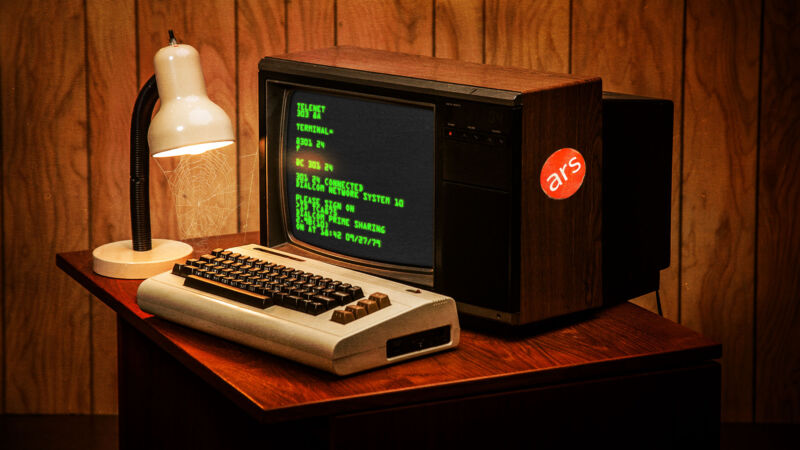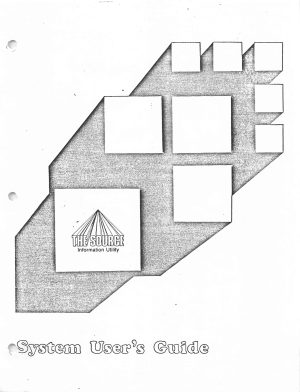Tonight We’re Gonna Log On Like It’s 1979

Teletypes may have killed a lot of forests by emitting every line to hard copy instead of a screen, but there’s something to be said for the permanence of paper. While working on building a functional Silent 700 Model 765 ASR teletype, I came across a set of teletype transcripts from several users logging on to The Source, one of the earliest online services, and a complete photocopy of the service’s user manual.
That can mean only one thing: It’s time to get out your copy of Pink Floyd’s The Wall, start blasting “In The Flesh,” and head back to 1979 and 1980, when these transcripts were printed. We’ll talk a little about the service generally and then log on exactly as these people did—because the Silent 700 transcripts indeed show exactly what transpired and how people used them.
A brief history of The Source

The Source was one of the first online services—billed as an “information utility”—to be oriented to the general public, and it anticipated operations like Prodigy, Delphi, and QuantumLink, which came years later. (Although CompuServe as a company already existed by this time, the consumer service it became better known for wasn’t established until 1979.) The original concept, as founded in 1978, was to send email over FM radio subcarriers, but the technology proved unreliable. Pivoting to telephony instead, The Source’s company forged a deal with time-sharing provider Dialcom to use its “excess” minicomputer time overnight and on weekends for the same concept.
Dialcom already provided business-oriented services such as word processing and customer relationship management, and in 1978, it developed the world’s first commercial email service, which the company later offered internationally. For a time, the service controlled virtually the entire market outside the United States. Since the cost of procuring and maintaining the minicomputers was more or less constant regardless of their utilization, the new endeavor gave Dialcom an additional revenue stream while enabling The Source’s parent company, by that time christened the Telecomputing Corporation of America (TCA), to offer substantially lower rates during those underused periods. (For similar reasons, off-peak and on-peak rates were ubiquitous among early services, most of which were also minicomputer-based at that time; my parents banned me from QuantumLink, then running on Stratus hardware, when they got the very first bill.)
TCA launched The Source at COMDEX in June 1979. The one-time $100 subscription fee deterred all but the determined, and even off-peak, it was $2.75 an hour billed to the minute and rounded up (in 2022 dollars, that was $391 to start and $10.75 a pop). Off-peak was defined as 6 pm to 7 am Eastern time and all day on weekends and select holidays. If you were foolish, desperate, or rich enough to use it during business hours, it was $15 an hour (about $59 an hour today).
Dialcom used Prime minicomputers, Prime being at one time the sixth largest vendor of such systems. The earliest Prime systems from 1972 were upwardly compatible with the 16-bit Honeywell Series-16 machines. Their developers had originally worked on the machines at NASA, but they were 32-bit. Because of this engineering-centric background, early Primes were designed to run Fortran and Prime’s operating system PRIMOS (or, for a time, “PR1MOS”). The transcripts here all give the system version as 2.x, so the Dialcom systems in use at the time were Prime 200 machines, which ran that particular version.
Dialcom’s servers were located in the Washington, DC, area, where many of its customers were also located (including a large number of US Representatives); The Source was in nearby McLean, Virginia. Accessing Dialcom from DC was a matter of dialing a local number, which connected you directly to the server as a terminal.
READ MORE HERE
